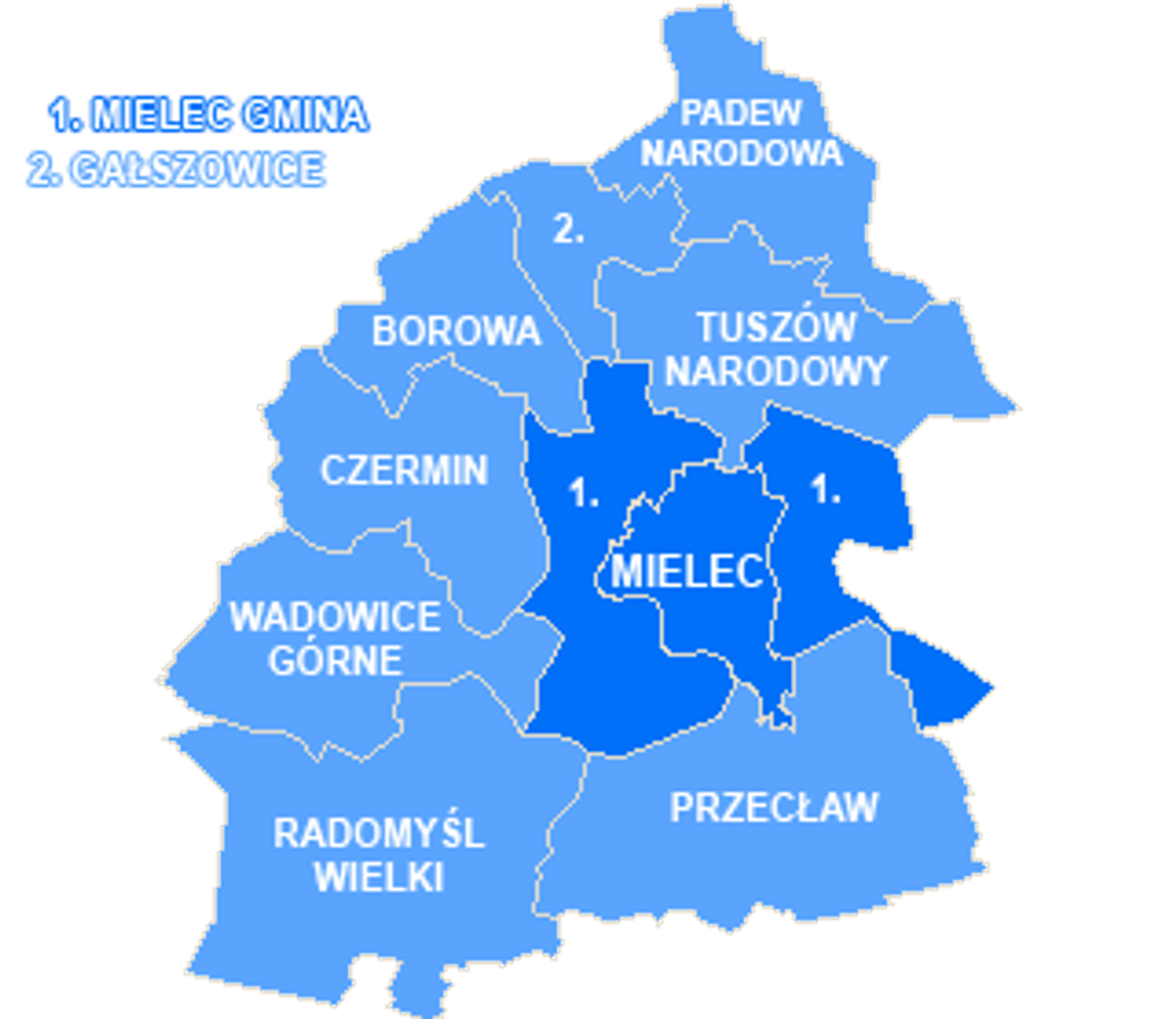Wadowice Górne
6.52

Overview
Wadowice Górne is a rural commune located in the Podkarpackie Voivodeship, within Mielec County. The commune's administrative seat is situated in a locality of the same name. Covering an area of 87.16 km², Wadowice Górne is characterized by a predominance of agricultural land (81% of the area) and forest land (8%). The commune constitutes 9.9% of the total area of Mielec County. According to 2021 data, the commune is home to 7,653 residents, and its demographic structure is based on data from several years ago, which provides insights into the age of the inhabitants—an important factor for planning local initiatives and social services.
The commune of Wadowice Górne consists of 13 village districts, including Grzybów, Izbiska, and Wierzchowiny, reflecting the richness of local traditions and culture. The history of the commune dates back to pre-partition times, and the lives of its inhabitants have always been closely tied to agriculture and working the land. For many years, the commune was part of the Tarnów Voivodeship, which influenced its development and integration with neighboring areas.
The commune borders the Lesser Poland Voivodeship to the west, creating opportunities for cooperation and cultural exchange with neighboring regions. It is worth noting that Wadowice Górne features architecture typical of the region, showcasing both traditional rural styles and modern approaches to spatial planning. The commune's architecture attracts attention with its local motifs and the use of natural materials.
It is also worth mentioning the numerous cultural events organized within the commune, which promote local traditions, proverbs, folklore, and folk art. Residents actively engage in preserving local heritage through various initiatives, such as festivals and craft workshops, which attract not only locals but also tourists.
An interesting fact is that, thanks to its proximity to larger urban centers, the commune has the potential to develop infrastructure and attract investments. Thus, Wadowice Górne has the potential to become an attractive place to live and work. Its natural diversity, cultural traditions, and history make this commune an interesting destination for both residents and visitors.
Location
2025 Wizytor | All Rights Reserved